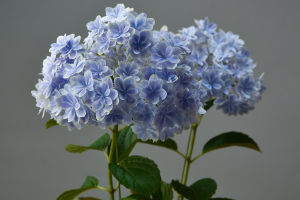Cactus
Cacti are plants of the genus Cactaceae in the Cactaceae family. They are bushy succulent shrubs that can grow up to 1.5-3 m tall.
Upper branches broadly obovate, obovate elliptic, or suborbicular. Green to blue-green, glabrous. Prickly yellow, with light brown stripes, hard. The barbs stand upright. Leaves subulate, green, and caducous. Flowers spoked. Receptor obovate, base tapered, green. Perianth yellow calyx, with green medium ribs. Filaments light yellow. Anthers yellow. Style light yellow. Stigma yellowish-white.
Berry obovoid, tip indent. Surface smooth glabrous, purplish red, barb bristles and subulate spines. Seeds mostly oblate, margin slightly irregular, glabrous, and light yellowish brown. Flowers bloom from June to December.
Cacti are native to Mexico, the United States, the West Indies, Bermuda, and northern South America. Cacti love light and are drought tolerant, making them suitable for growth in neutral, slightly alkaline soil.
They are usually planted as a hedge, and their stems, as well as their sweet and sour berries, can be eaten. The surface of a cactus is covered with spines, which are its leaves that have slowly degenerated as it has adapted to the heat and lack of water. Cacti use their spines for transpiration, and they can also hold some water. Additionally, their spines protect them from other creatures.
Cactus can survive in arid and hot deserts due to their unique internal structure. Their leaves degenerate into needles, mainly to reduce water evaporation and improve the cacti's survival in the desert.
Most of the stem consists of thin-walled storage cells that contain mucous substances that protect the plant from water loss. Its strong and developed root system, with lateral roots extending far away and distributed in the shallow layer of soil, is adept at collecting trace amounts of water, which is also an adaptation to the arid environment.
Cacti were originally grown in harsh weather conditions in desert areas, due to their popularity with people, most families often cultivate them as potted plants.
So why don't cacti need to be watered? Because they are so absorbent. Cactus leaves, with their long spines and white hairs, effectively reduce water evaporation. This lessens the damage done to the plant by strong sunlight and keeps moisture condensing into the water, which then drips to the ground and is absorbed by the shallowly divided roots.
The cactus has a large root system that lies just below the surface. These roots can spread for several meters around to absorb water. When it rains, cacti produce more roots. In times of drought, the roots wilt and fall off to preserve water supplies.
To adapt to the environment in which cacti live, they have evolved over a long period so that their leaves degenerate into spines to reduce evaporation. When the stem is fleshy, it can store water.


